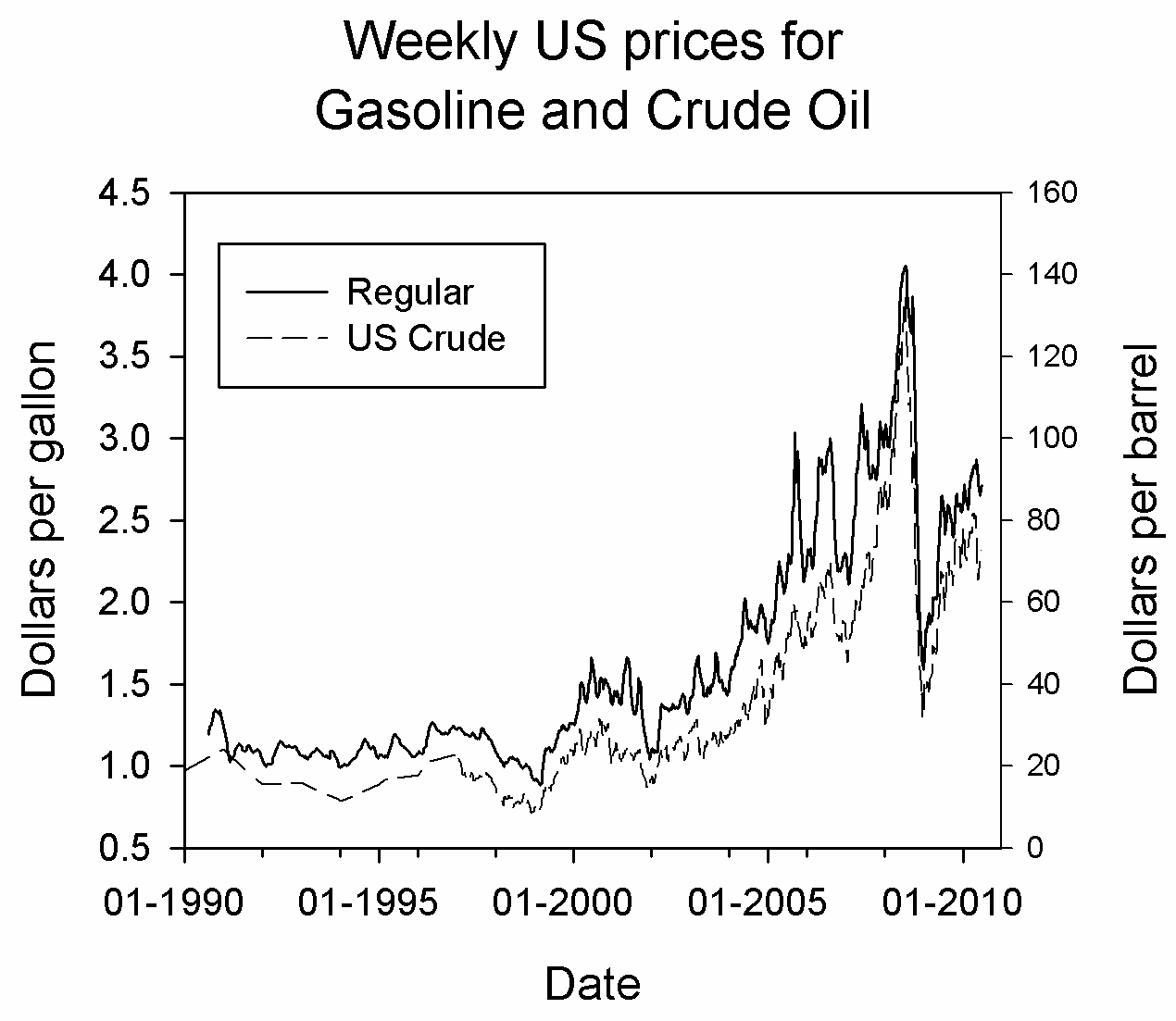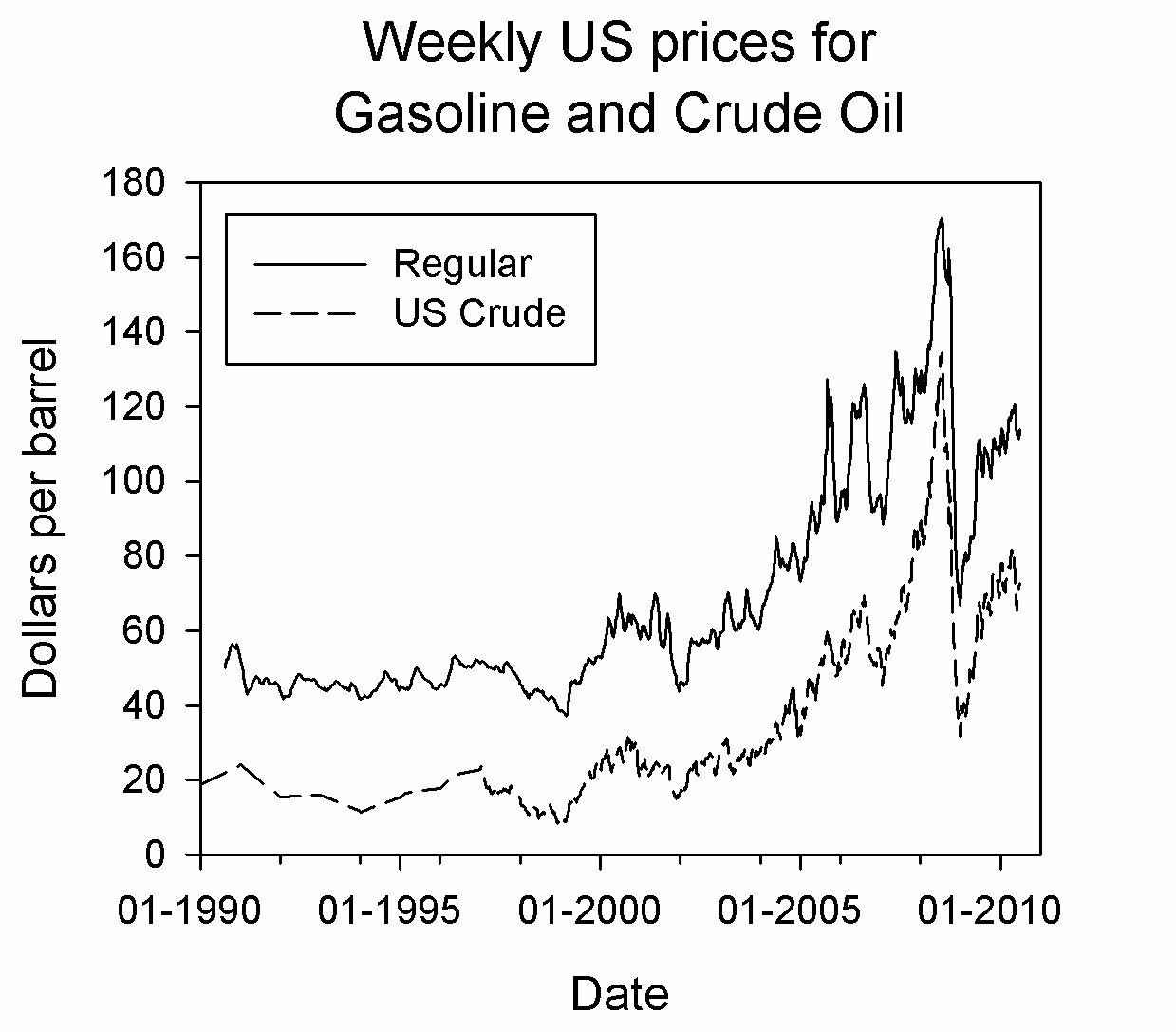Inside the new computer is an nVidia GTX260 video card, which I think is pretty spiffy. It also means I should be able to activate all the cool Compiz eye candy.
While I was running the alpha and beta versions of Fedora 13, everything with the new computer (aside from a couple of minor USB related issues) was working quite nicely. Had the nVidia drivers installed and running. The Compiz eye candy was very pretty.
And then Fedora 13 was officially released. Updated everything, grabbed the ‘official’ nVidia drivers off rpmfusion, and then the pretty eye candy was gone!
Hmm, strange. Let’s try reinstalling the drivers. No joy. Let’s try reinstalling the Fedora. No joy.
Do all the usual troubleshooting. Why is there no GLX (explaining the lack of Compiz eye candy).
A couple of kernel updates later, and still no joy.
All I have to show are some strange things being logged to the Xorg log file and no pretty eye candy. Google is of no help either. Annoying, but there is still video, and if I XRender instead of OpenGL for compositing (in KDE), I can still get a few effects. It’s all very strange.








